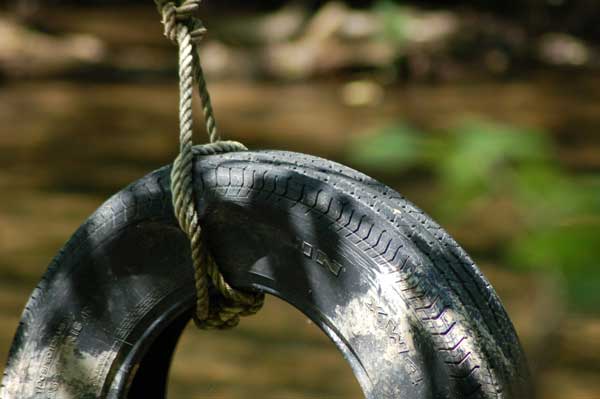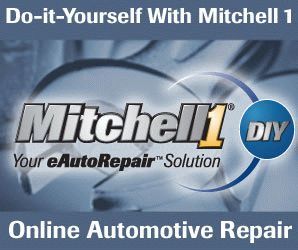Proper Care And Feeding Of Your Tires.
 Your tires are the critical connection between your car and the road. They affect acceleration, braking and even ride quality. So it’s no wonder that tire care should be a top priority as a car owner. Let’s look at some of the key steps in getting the longest life and safest miles from your tires…
Your tires are the critical connection between your car and the road. They affect acceleration, braking and even ride quality. So it’s no wonder that tire care should be a top priority as a car owner. Let’s look at some of the key steps in getting the longest life and safest miles from your tires…
Tire Care – Proper Inflation
We have all heard it before; properly inflated tires will allow you to achieve the highest MPG. It will also improve the life of your tires and can affect the ride quality as well. Under inflated tires will run hotter due to increased friction. This heat lowers gas mileage, wears the tire from the inside out, and can lead to poor handling and uneven wear on the outside of the tread. Over inflated tires will have a harsh ride, less traction and will wear unevenly at the center of the tread pattern.
What is the proper inflation pressure for your tires? Check inside your door jamb for a manufacturer’s sticker with recommended inflation pressures. Your owners manual will also explain the recommended range of pressures to run. All tires will have a Max. Pressure molded in to the tire, don’t be confused, this is not the pressure you should be running the tires at! Always follow the auto manufacturer’s recommendation for your vehicle to ensure proper tire care.
Rotation
Your car will never be 100% perfectly aligned, thus your tires will never wear evenly. Rotation allows for you to even the wear between front and rear tires over time and get the longest life from your tires. Typically front tires will wear more unevenly than the rears, due to independent front suspension and the fact that the front tires are turning when cornering. Tire rotation every 5-6,000 miles is the norm, and will allow you or your mechanic to inspect the tires and see how they are wearing. Any uneven wear can tip you off to an alignment or tire pressure issue.
What Are Those Green Caps On My Valve Stems?
In the past 10 years, more and more tire installers have switched from filling your tires with air, to nitrogen. Why Nitrogen? Its molecules are larger which leads to less leakage and since Nitrogen is a dry gas, there is no moisture to help corrosion of your wheels from the inside. It also is an inert gas, and contains no oxygen so even less worries about wheel corrosion. It does however still suffer from pressure changes in fall/winter months just like air, so when the winter rolls around, make sure to check your tire pressures.
 Before you click out! While I know a lot about cars, I don't know a lot about YOUR CAR! A repair manual is essential and I have a way for you to get one FREE.
Before you click out! While I know a lot about cars, I don't know a lot about YOUR CAR! A repair manual is essential and I have a way for you to get one FREE. Learn more with our Autoshop101 courses.
Posted: 13th April 2014 | Author: Kevin Schappell | Category: Wheels and Tires
